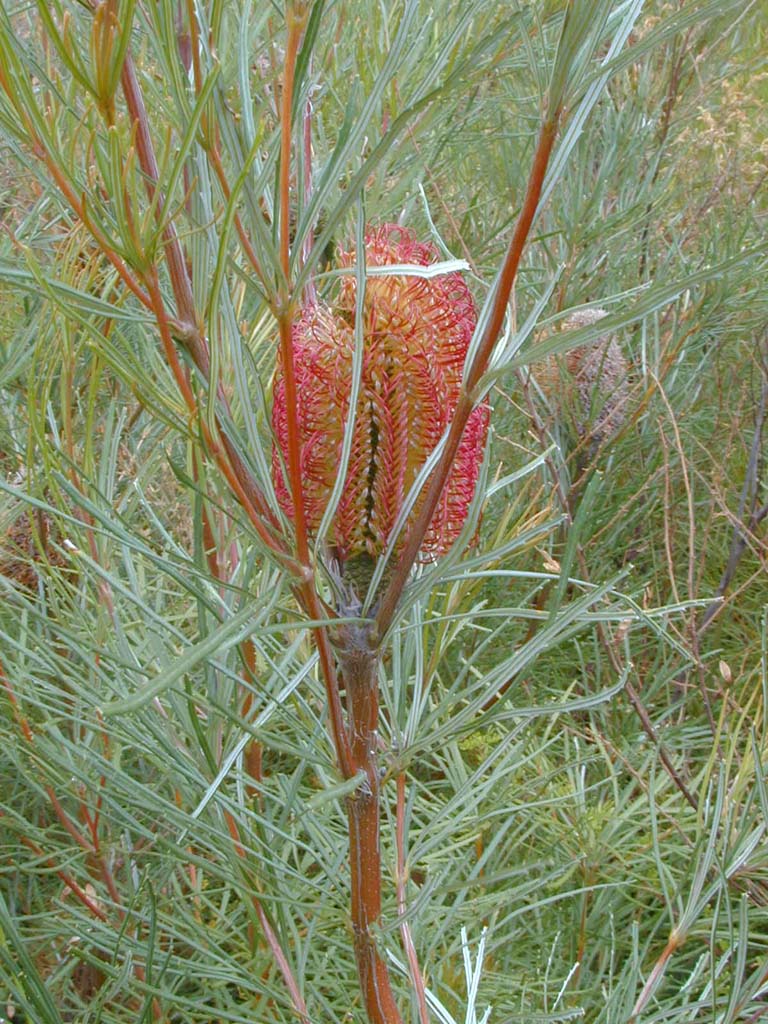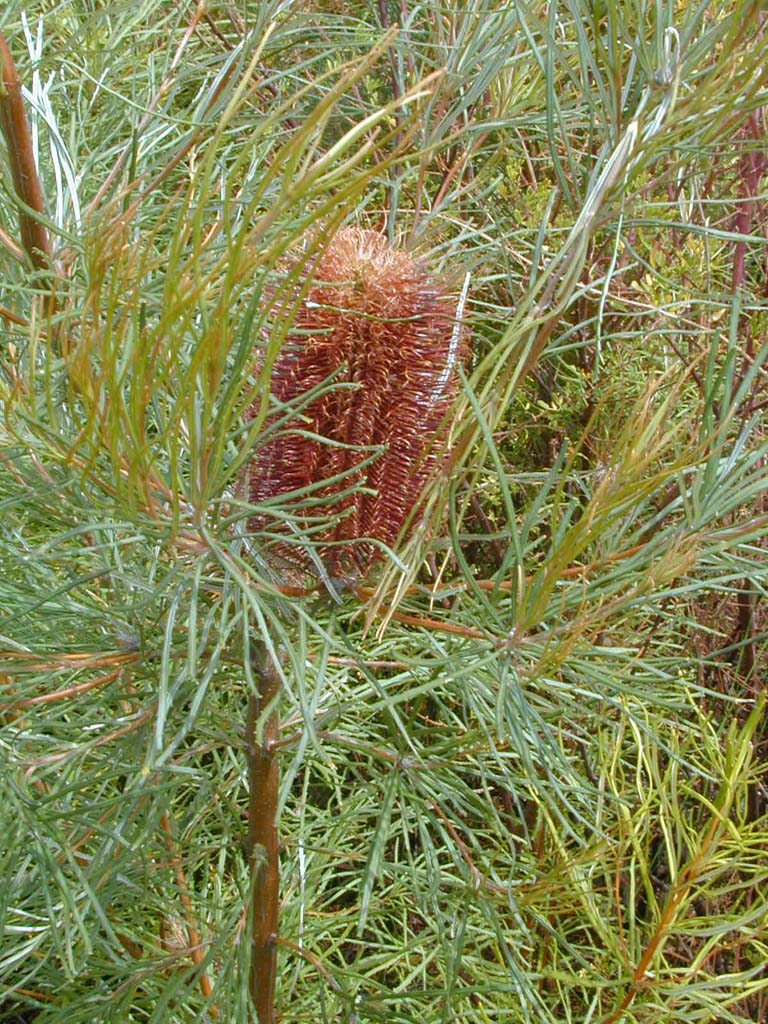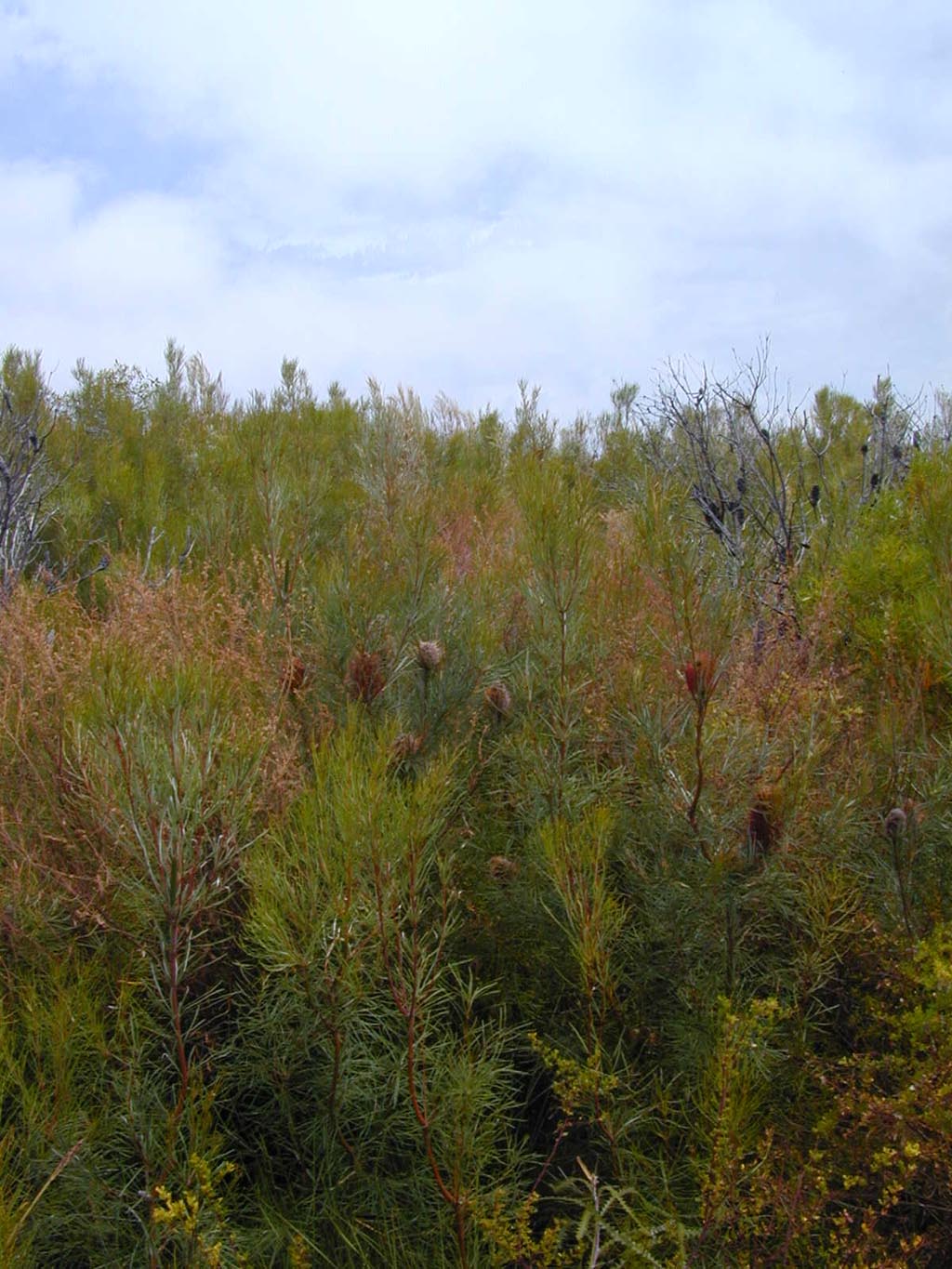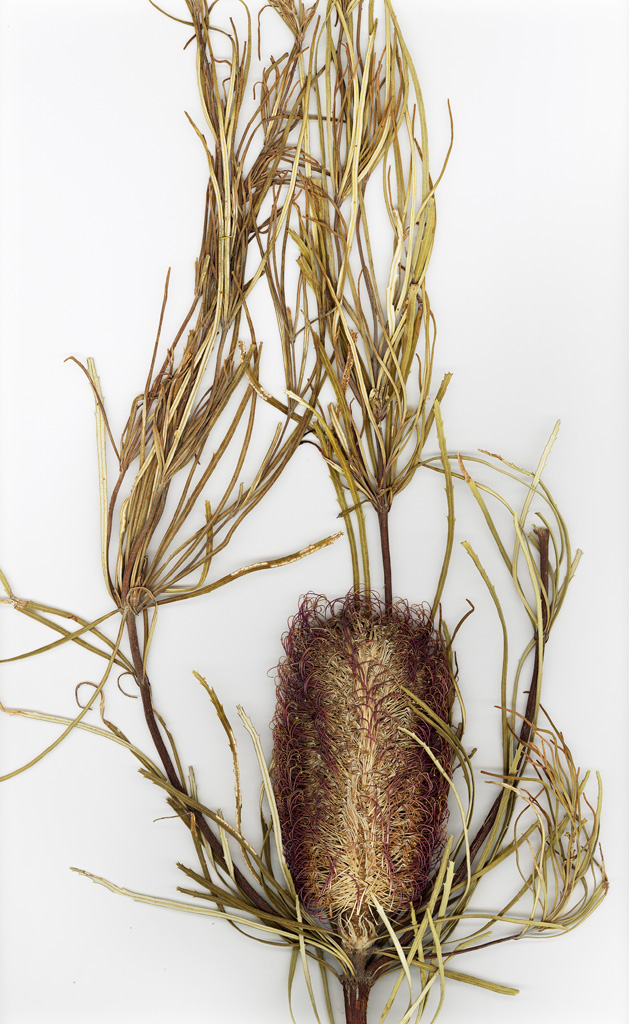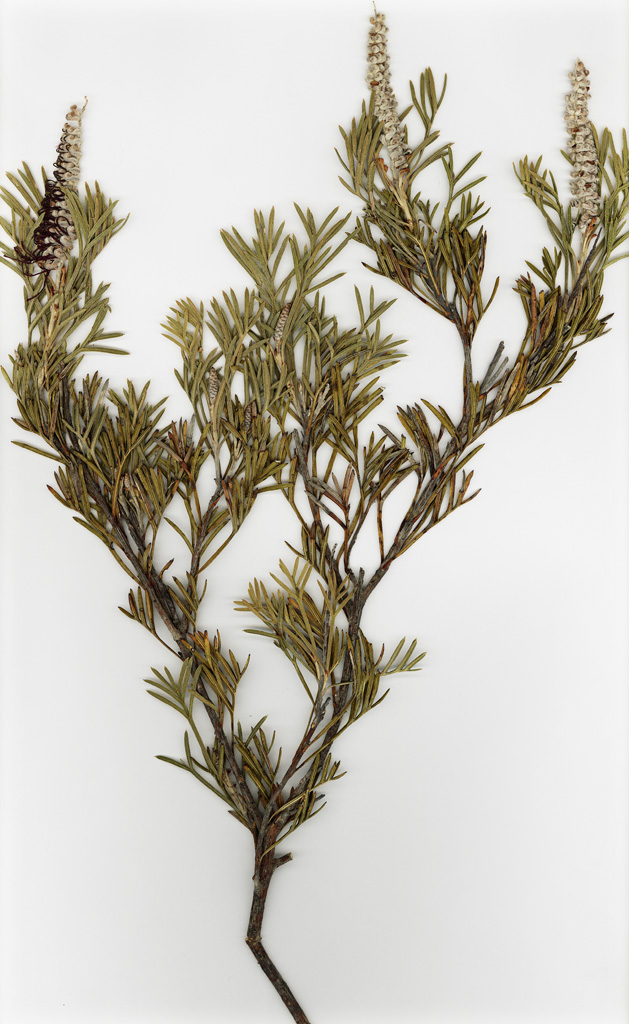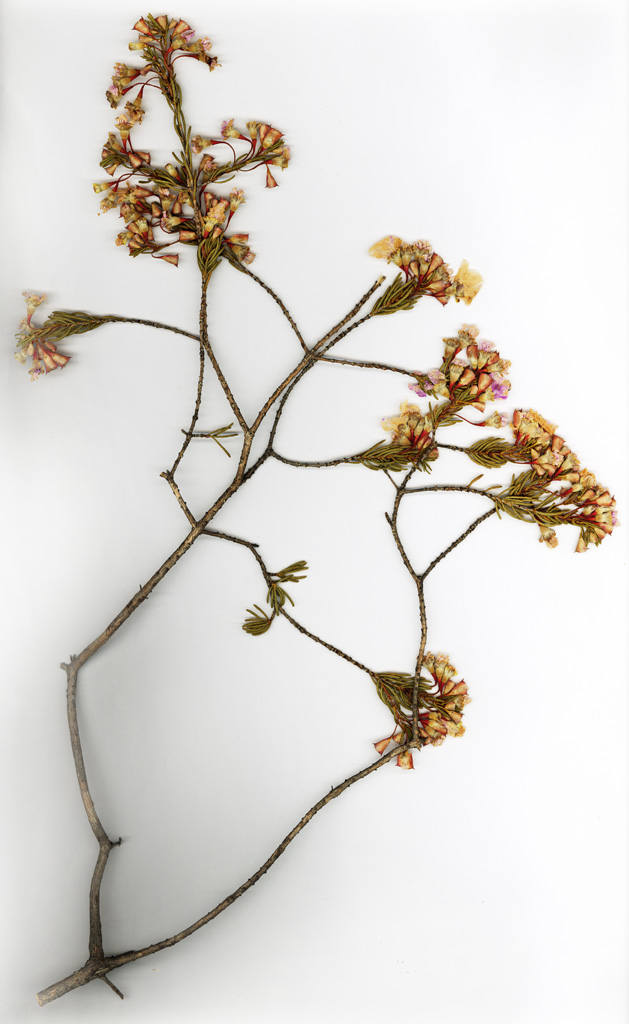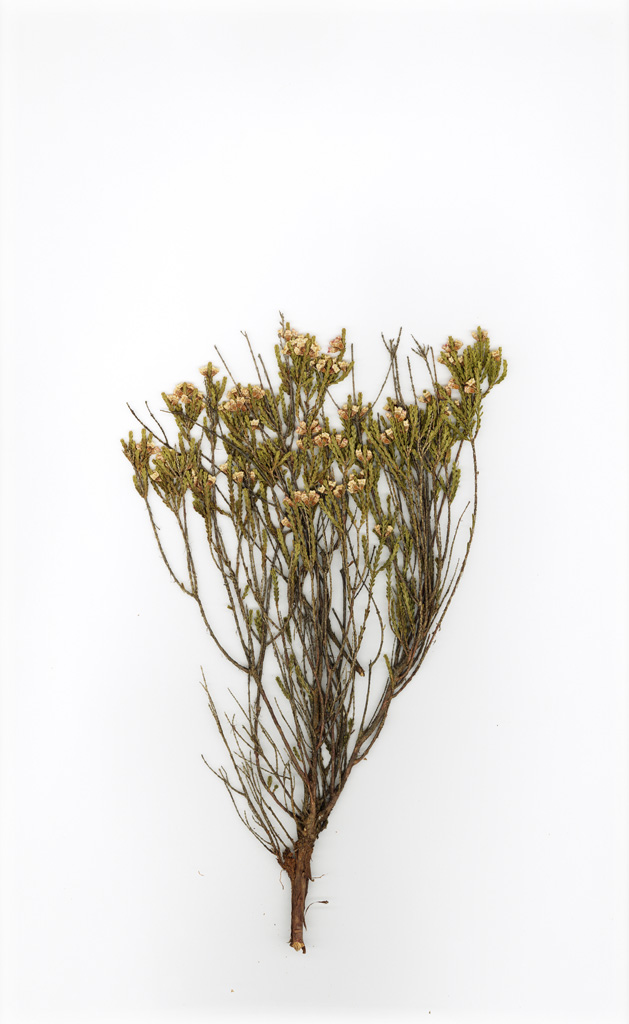6.
Magnolia virginiana
Linnaeus, Sp. Pl. 1: 535. 1753.
Sweet-bay, swamp-bay, laurier doux
Magnolia australis
Ashe;
M. australis
var.
parva
(Ashe) Ashe;
M. fragrans
Rafinesque 1817, not Salisbury 1796;
M. glauca
(Linnaeus) Linnaeus;
M. glauca
var.
pumila
Nuttall;
M. virginiana
subsp.
australis
(Sargent) E. Murray;
M. virginiana
var.
australis
Sargent;
M. virginiana
var
. glauca
Linnaeus;
M. virginiana
var.
grisea
Linnaeus;
M. virginiana
var.
parva
Ashe
Shrubs or small trees , evergreen to partly evergreen or deciduous, multitrunked to 10m, or single-trunked to 28 m. Bark dark gray, smooth. Pith diaphragmed. Twigs and foliar buds silky-pubescent, sometimes glabrous. Leaves distinctly alternate, not in terminal whorl-like clusters; stipules 3-5.5(-6) × 0.3-0.5 cm, abaxially brownish puberulent, red-glandular. Leaf blade oblong to elliptic, ovate to obovate, 6-22 × 2.6-7 cm, somewhat leathery, base cuneate, apex obtuse to acute or rounded to somewhat acuminate; surfaces abaxially chalky white to glaucous, glabrous or densely silky-pubescent, adaxially dull green to lustrous. Flowers fragrant, 5-8 cm across; spathaceous bracts 2, outer bract abaxially silky-pubescent, inner bract nearly glabrous, red-glandular; tepals creamy white, red-glandular, outermost segments reflexed, greenish; stamens (32-)63-90(-102), 5.5-11 mm; filaments white; pistils (9-)19-33(-50). Follicetums ellipsoid to nearly globose, 2-5.5 × 1.5-3 cm; follicles short-beaked, glabrous. Seeds somewhat globose to lenticular, 5 mm, aril red. 2 n =38.
Flowering spring. Swamps, bays, low wet woods, savannahs; chiefly in coastal plain and lower piedmont; 0-540 m; Ala., Ark., Del., D.C., Fla., Ga., La., Md., Mass., Miss., N.J., N.Y., N.C., Pa., S.C., Tenn., Tex., Va.
The most widely distributed species of Magnolia in the flora, M. virginiana occurs in two growth forms: deciduous and often multitrunked northward, and typically single-trunked and evergreen in the southern range. Where these forms overlap geographically in North Carolina and adjacent areas, intergradation occurs, and the identification of these intergrades is difficult, if not impossible. It has been impossible to pinpoint their occurrence in the zone of overlap. Herbarium specimens cannot be trusted to resolve this dilemma. Both filiform and flagelliform trichomes occur on the leaves, but these are without taxonomic significance. Some investigators have treated these habital variants as geographic varieties or as subspecies, but infraspecific taxa are not recognized here. Without other defining characteristics and no clear geographic correlation, infraspecific taxa have little significance or taxonomic value in M. virginiana . A thorough field study is needed to clarify the taxonomy of this otherwise well-known plant.
Magnolia virginiana is widely cultivated. It was the first magnolia known in Europe, dating from 1688 in England. A few cultivars of both the deciduous and evergreen forms are now grown in cultivation. Magnolia virginiana is a parent of several hybrids, including the first known magnolia hybrid, M .× thompsoniana (Loudon) C. de Vos (= M. virginiana × M. tripetala ), dating to 1808. Other hybrids include the so-called Freeman hybrids of M. grandiflora × M. virginiana and M. virginiana × M. hypoleuca with its cultivar 'Nimbus'.
The largest known tree of Magnolia virginiana (the evergreen form), 28m in height with a trunk diameter of 1.4m, is recorded from Union County, Arkansas (American Forestry Association 1994).
The Houma and Rappahannock tribes used decoctions of leaves, twigs, and bark of Magnolia virginiana to treat colds and chills, to warm the blood, and as a hallucinogen (D.E. Moerman 1986).
